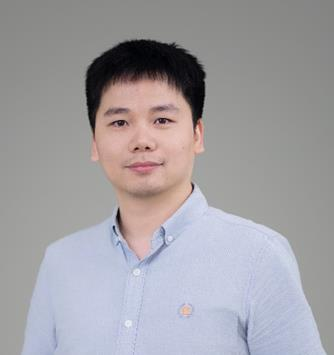Published: Aug 31, 2009 by ISG Board
Workshop moderator: Oliver Korup
Location: Sihlwald area, SW of Lake Zurich
Meeting point: Zurich Central Railway Station (“Zürich HB”) @ “Group Meeting Point” (indicated by a large red cube!). Meeting time is 9 AM. Please try to be punctual so that we can catch the 9.18 service to Sihlwald station (train no. S4). There is no need for registered participants to purchase a ticket, which is included in the conference fees.
Daily programme:
- Full-day field-based workshop: Sihlwald area 30 min. from Zurich on train (participants bring their own field lunch; there are several nice BBQ spots, so think of packing the odd sizzler; also make sure to bring plenty of fluids as late summer can still be very warm)
- Brief overview of the area: Quaternary geomorphology, historic land use, recent conservation strategies
- Review of key morphometric parameters and scale/resolution effects
- Presentation of high-resolution LIDAR data for the area
- Group-based exercises to determine locally morphometric parameters
- Comparison of field- and LIDAR-derived parameters
- Final group discussion on the advantages, potentials, and limits of LIDAR-based geomorphometry
NECESSARY EQUIPMENT: outdoor wear (incl. sturdy footwear and raingear)
INTENDED AIMS AND SCOPE: • To test the applicability and reliability of LIDAR and other DEM-derived attributes by comparison with field-derived data; • To raise awareness among LIDAR users of the potential pitfalls and limitations that come with enhanced resolution DEMs; • To re-appreciate the meaning of terrain parameters and their applicability in geomorphic research.
This field trip is also intended as an icebreaker reception, so socialising is more than welcome. We would like to use this opportunity to bring “geomorphometrists” together to discuss in an informal manner pending issues of high-resolution DEMs and DTMs in an actual landscape rather than at the desktop. The Sihlwald is a pleasant and mainly forested area near Zurich that caters for nearly all levels of fitness and recreational demands. It also hosts a number of challenges for digital terrain analyses, which we will explore during some leisurely walks and group discussions. The underlying idea is not to simply reiterate known problems of LiDAR data, but to consider ways of improving their use in geomorphometry and related disciplines.

Overview map of the area. The blue area is Lake Zurich.
